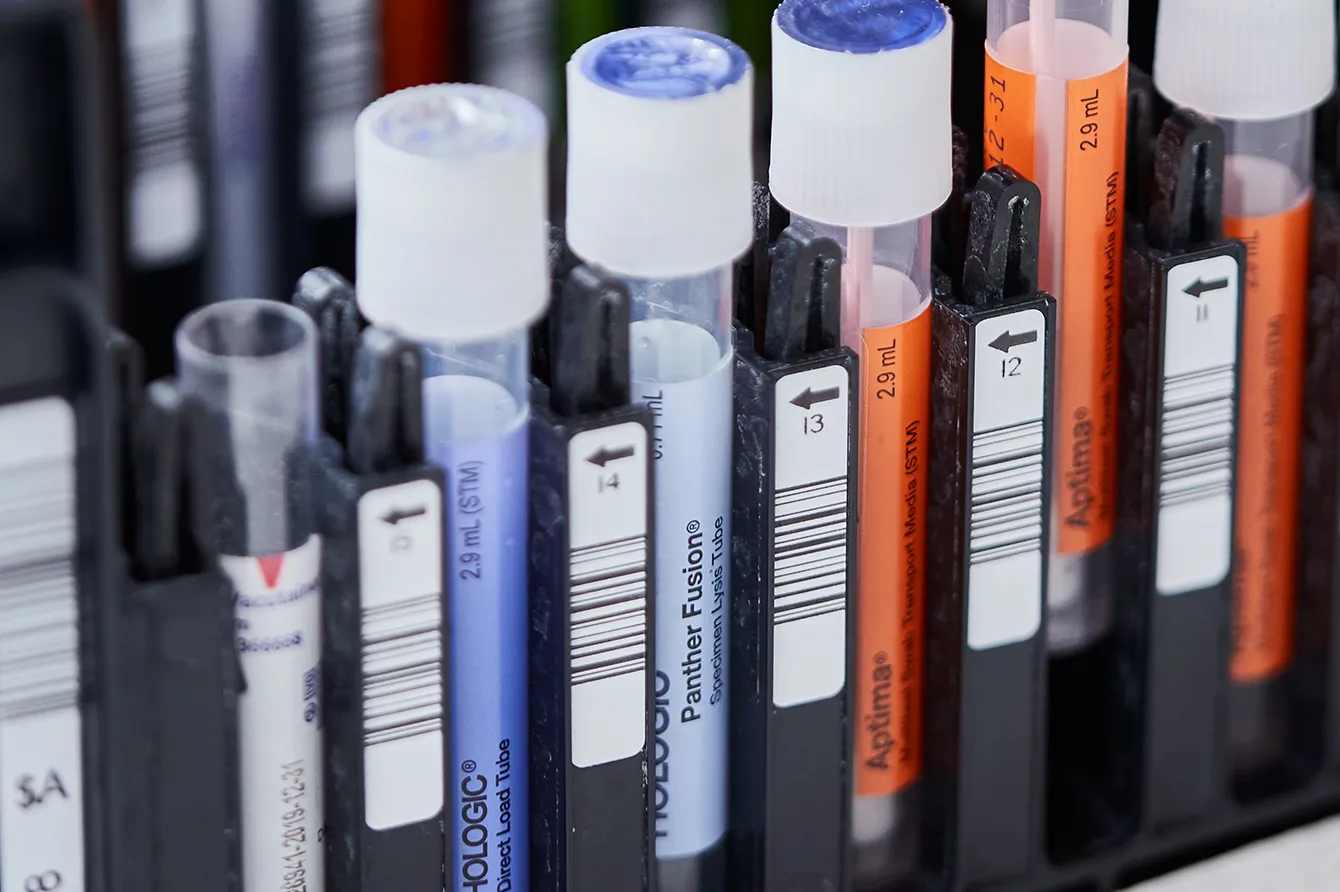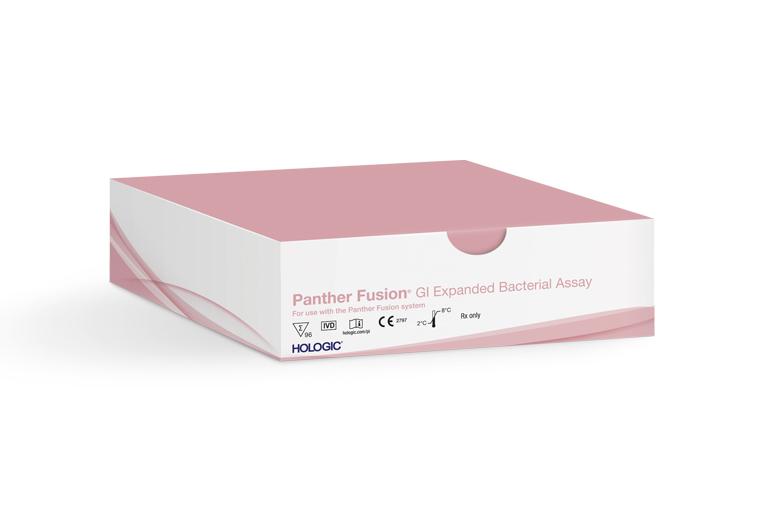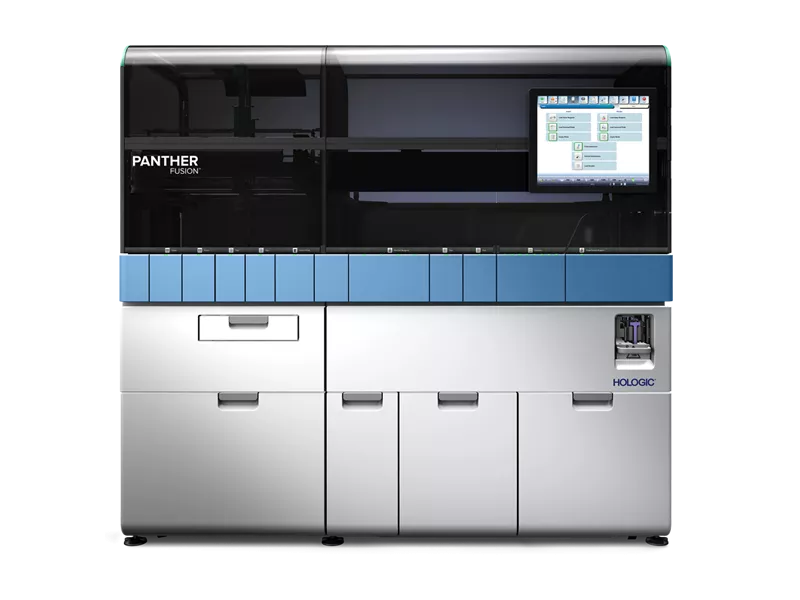Hologic Gastrointestinal (GI) Testing
Flexible testing with sensitive GI pathogen detection — diagnostic insights faster.


More Than Gut Instinct
Reducing the incidence of enteric diseases is a public health priority yet acute gastroenteritis (AGE) remains one of the most common infectious diseases that clinicians face in daily practice.1,2 Up to 3 million people seek medical care for acute gastroenteritis (AGE) each year.3 AGE infections share common symptoms, making it difficult to determine what pathogen is causing the disease. Rapid and accurate diagnostic testing is essential to identify the infectious agent to guide the right treatment for patients and support antimicrobial stewardship.4,6 Trust more than just gut instinct with Panther Fusion® GI Assays and deliver accurate diagnostic insights that can help enhance patient care, support stewardship programs and streamline laboratory workflow.

Not All Infectious GI Tests Are Created Equal
Laboratories are increasingly pressed from both sides: deliver more results, faster, while contending with shrinking resources, labor shortages and complex reimbursement landscapes.⁵
When testing infectious Gastroenteritis, labs face a difficult decision: Choosing conventional testing algorithms that are slow, time-consuming, and costly per positive culture, or select Multiplex PCR testing that are rapid and accurate but come with more complexity.11
It’s time to reimagine gastrointestinal syndromic testing and trust more than gut instinct.
A Different Syndromic Approach - The Hologic Solution
Panther Fusion® GI Assays deliver results that help enhance patient care. With streamlined laboratory workflow, needless complexity can be reduced.
Energize
Rapid, flexible testing can help support antimicrobial stewardship programs.4
Optimize
Full automation delivers walk-away time, decreasing the strain on laboratory resources.
Maximize
Aligning GI panel testing with clinical indications can help reduce the waste of over-testing while navigating a complex reimbursement landscape.
Panther Fusion GI Assays
Panther Fusion® GI Expanded Bacterial Assay
Add more firepower to your GI diagnostic pathway by expanding your diagnostic insight beyond the most common bacterial causes of acute diarrhea. The Panther Fusion GI Expanded Bacterial Assay increases your menu of detectable pathogens, making the implementation of a GI diagnostic stewardship approach simpler.

Innovation never rests, and neither do we.
Our GI portfolio is under development to bring the diagnostic power of Hologic to a wide range of gastrointestinal illnesses.
Panther Fusion® GI Viral Assay*
- Norovirus
- Adenovirus
- Rotavirus
- Sapovirus/Astrovirus
Panther Fusion® GI Parasite Assay*
- Giardia lamblia
- Cryptosporidium spp.
- Entamoeba histolytica
- Cyclospora cayetanensis
Panther Fusion® GI C. difficile Assay*
- Toxigenic C. difficile
- Toxigenic hypervirulent C. difficile PCR ribotype 027 (NAP1/B1/027)
* In development and not for sale

Unleash the power of the Panther Fusion® System
- Unleash the Power of the Panther® System. High-throughput, random-access workflows give your lab both the capability and flexibility to deliver.
- Random & Continuous Access. No more batching; load samples with different test orders as they arrive. Run multiple assays simultaneously.
- Rapid Turnaround Time and Flexible Testing. Automation speeds up processing and allows you to prioritize tasks without delay.
- Simple pre-analytical processing. A single sample can be tested with any combination of Panther Fusion GI Assays — no additional hands-on steps required.


